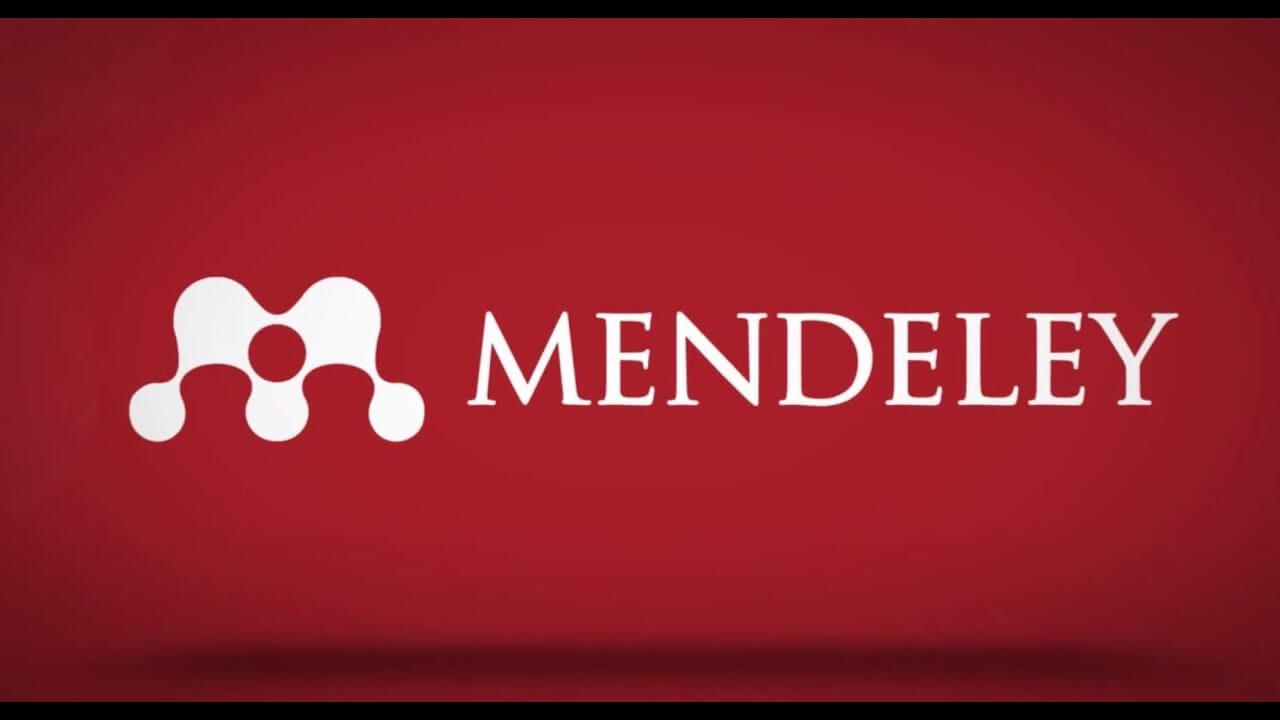Qiraati Management Method In Improving Students' Ability To Read The Qur'an In The Cirebon Region (Qualitative Description Study in SD Qiraati Shidqul ‘Amal Cirebon District and SD Peradaban Global Qur’an Cirebon City)
Abstract
The low quality of reading the Qur'an in the midst of the rapid development of the Al-Qur'an Educational Institution (TPQ) in the community. This is because not all TPQ are able to manage it so it has not been fully successful. The purpose of this study, to describe the planning, organization, implementation, supervision, supporting and inhibiting factors, as well as efforts to improve the Qiraati Method. This study uses a qualitative approach, descriptive method, with data collection techniques from interviews, observation and documentation. The conclusion is that 1) the planning of the Qiraati Method is in accordance with its function, but there are still limitations in teacher resources, infrastructure and finance. 2) Qiraati Method organization it is in accordance with its function, but there are still weaknesses in teacher resources due to double jobs and the lack of Qiraati teacher resources. 3) the implementation of the Qiraati Method is in accordance with its function, but there are still weaknesses in teacher resources in managing learning and teacher teaching motivation. 4) supervision of the Qiraati method, is in accordance with its function, but there are still many obstacles in achieving the target, namely supervision activities for classes/volumes and the institution's achievement targets have not been maximized. 5) supporting and inhibiting factors, all personnel are Qiraati syahadah, continuous development, teacher and student learning motivation, parental support. 6) efforts to improve learning by developing Qiraati teacher resources and infrastructure.
References
Bafadal, I. (2009). Manajemen Peningkatan Mutu Sekolah Dasar. Sinar Refika Offset.
Baidan, N. (2005). Wawasan Baru Ilmu Tafsir. Pustaka Pelajar.
Hadhiri, C. (2003). Klasifikasi Kandungan Al-Qur’an. Gema Insani Press.
Hidayati, N. dan Kumala, N. I. (2020). “Kontribusi Pengembangan Sumber Daya Manusia dalam Upaya Meningkatan Mutu Pendidikan Madrasah Aliyah AlAmiriyyah Banyuwangi”. Jurnal Manajemen Pendidikan Islam Darussalam. 2(2)., 2.
Indonesia., K. A. R. (2006). Kecilnya Muslim Qur’ani, Kemunduran Besar. https://www.kemenag.go.id/, dalam google.com
Sallis, E. (2006). Total Quality Management in Education, terj. Ahmad Ali Riyadi dan Fahrurrozi. Yogyakarta: IRCiSoD.
Sudiarjo, dkk. (2015). Aplikasi Pembelajaran Ilmu Tajwid, Waqaf, dan Makharijul Huruf Berbasis Android”,. Jurnal Sisfotek Global, Vol. 5. No. 2, 5.
Sugiyono. (2015). Metode Penelitian Kuantitatif. Kualitatif dan R&D. Alfabeta.
Sukarna. (2011). Dasar-Dasar Manajemen. Bandung: CV. Mandar Maju.
Suparlan. (2008). Guru Sebagai Profesi. Hikayat Publishing.
T, H. (2015). Manajemen (Edisi Revi). BPFE.
Terry, George R. dan Rue, L. W. (2019). DASAR-DASAR MANAJEMEN (B. S. Fatmawati (ed.); 1st ed.). Bumi Aksara.
Uno, H. B. (2011). Model Pembelajaran (Menciptakan Proses Belajar Mengajar yang Kreatif dan Efektif). Bumi Aksara.
Copyright (c) 2022 IJGIE (International Journal of Graduate of Islamic Education)

This work is licensed under a Creative Commons Attribution-ShareAlike 4.0 International License.


















